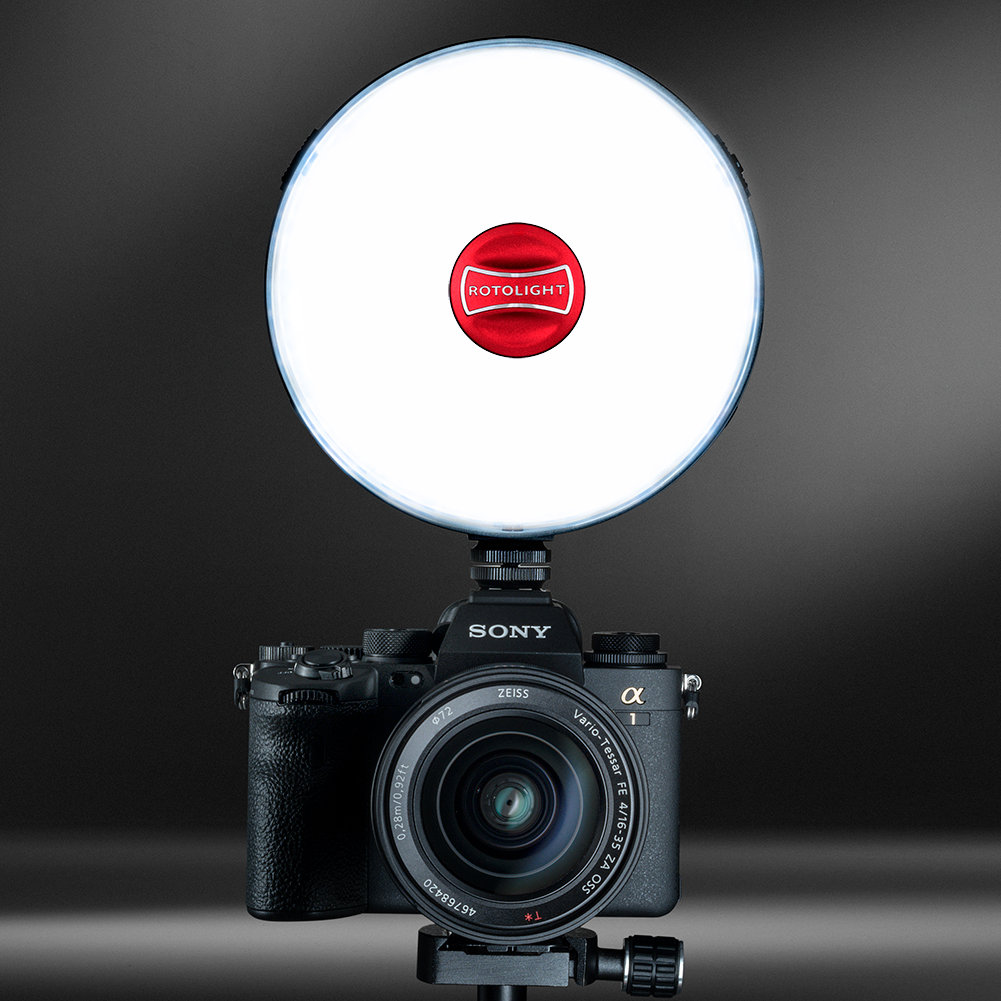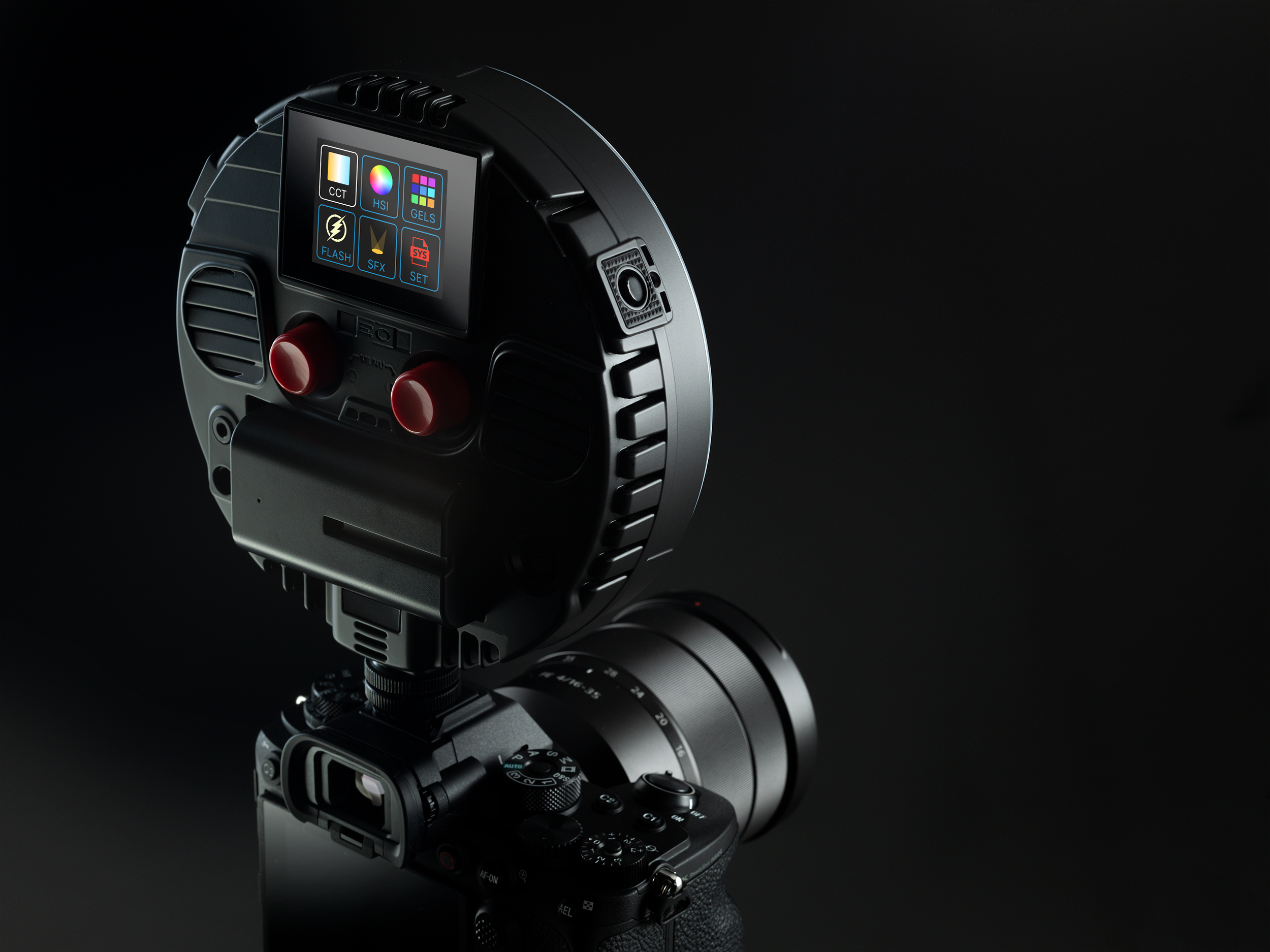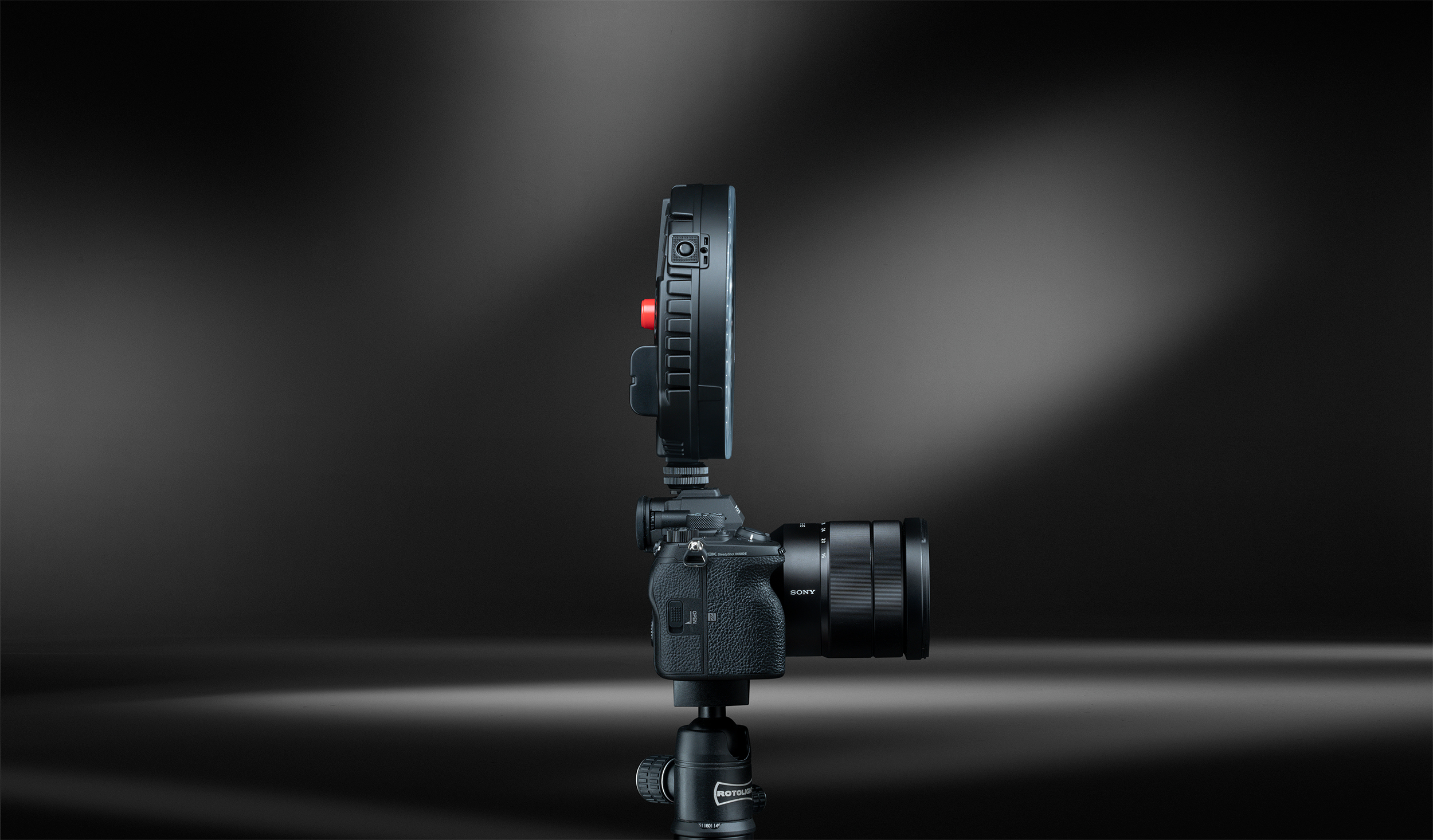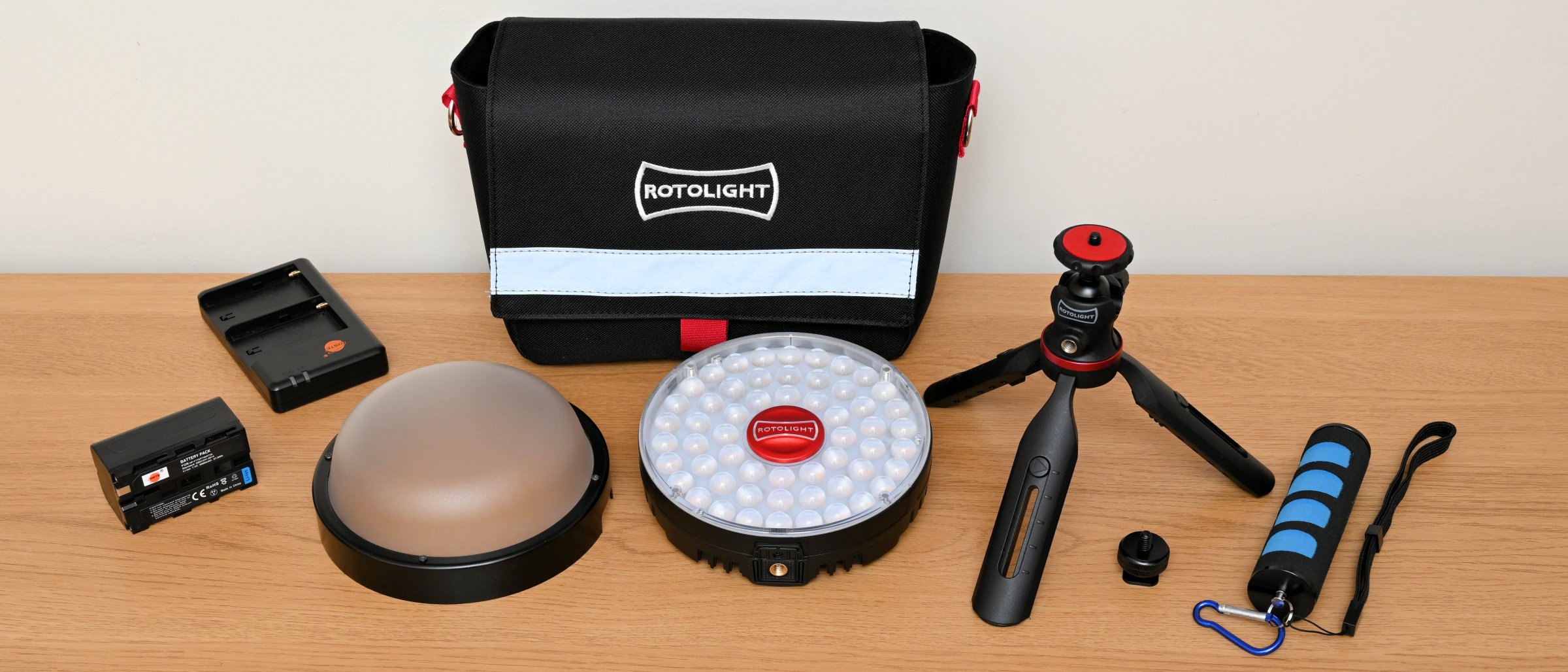Digital Camera World Verdict
Hybrid photographers shooting stills and video often need both a flashgun and a constant lamp for lighting, doubling up on the kit they need to carry. The Rotolight NEO 3 serves both purposes and, while small enough to slot into a camera’s hotshoe, it delivers powerful constant lighting and almost twice its maximum output in flash mode, although that’s still nowhere near as powerful as a ‘proper’ flashgun. Even so, it’s a major upgrade over the NEO 2, boasting a huge range of new features that make it a comprehensive all-in-one solution.
Pros
- +
Compact and lightweight
- +
Constant light and flash modes
- +
Wide range of lighting effects
Cons
- -
Expensive compared to ‘cheap’ LED panels
- -
Flash power is relatively low
- -
Wireless flash trigger sold separately
Why you can trust Digital Camera World
The Rotolight NEO 3 builds on the success of the preceding NEO 2, adding a raft of impressive new features. Both models deliver flash output as well as constant lighting, but the NEO 3 delivers a full range of color in both modes, with full RGBWW options. It comes in various configurations and kits and accessories will vary according to which you choose.
The Rotolight NEO 3 also adds an integrated Elinchrom Skyport RF receiver, enabling wireless flash triggering if you have (or buy) the companion Elinchrom/Rotolight HSS Transmitter. As its name suggests, the hotshoe-mounting trigger comes in dedicated options for different makes of cameras and enables high-speed sync, with shutter speeds of up to 1/8000th of a second. It also comes complete with a hotshoe adaptor so you can mount it directly on the camera, and features a 3.5mm sync socket.
Specifications
Max output (constant): 5,443 Lux at 3 feet
Max output (flash): 10,700 Lux at 3 feet
CRI/TLCI: 95/99
Beam angle: 50 degrees
Wireless control: Wi-Fi, Bluetooth
Mounting: 1/4" tripod, cold shoe
Power consumption: 50W
Battery type: NPF-750 24V
Dimensions (dia x depth): 145 x 50mm
Weight (excl battery): 354g
Key features
In regular CCT mode, the color temperature range is extended to 3000-10,000 Kelvin in the new model, compared with 3150-6300 Kelvin in the NEO 2. The change is even bigger when it comes to color lighting, as the NEO 3 adds an HSI mode, where you can select output from a full range of 16.7 million colors with full control over hue, saturation and brightness. Next up, there’s a new filter mode in which you can match the output to as many as 2,500 digital filters, complete with a ‘source matching’ option for directly setting gel filter effects like ‘D65’ daylight and ‘D32 tungsten.
Strong features of the NEO 2 are carried forward, like wide-ranging special effects that include fade, lightning, strobe, cycle, fire, police, TV, gunshot, neon, film, weld and paparazzi. F-stop dimming and the ‘designer fade mode’ are also inherited. However, with so many more features at hand in the NEO 3, another key upgrade is the full-color touchscreen which eases navigation through the extensive menu system. It also adds the ability create user-defined presets, so you can quickly and easily return to favorite settings.

Build and handling
The NEO 3 is conveniently compact, with a diameter of 145mm, a depth of 50mm and a weight of 354g, excluding the battery pack. The battery itself is a clip-on NPF-750 24V Li-ion type, and weighs around 200g. That makes the whole package easily manageable to handhold, or to slot into a camera’s hotshoe via the supplied adaptor. The lamp itself also features a tripod mounting socket. As an alternative, you can power the lamp directly from the mains, if you buy the optional Rotolight NEO 3 PSU (power supply unit).
Three different kits are available. The NEO 3 Starter Bundle includes the lamp and battery plus a USB charging cable and carrying bag. The NEO 3 Ultimate Kit adds a good-quality clip-on diffusion dome and a pretty basic USB dual-channel fast charger. Finally, there’s the NEO 3 - 3 Light Kit, which contains three lamps, three diffusion domes, three batteries, one dual-channel fast charger, three light stands and a hard case. For our money, the NEO 3 Ultimate Kit is the best value.
Build quality feels of a pro-grade standard and handling is much improved over the previous edition, thanks to the addition of the color touchscreen and availability of user-defined presets. Another serious handling upgrade is that the NEO 3 adds integrated Bluetooth and Wi-Fi, so you can control one or multiple units direct from a smart device if you download the companion iOS or Android app.

Performance
Rotolight is keen to point out that the NEO 3 is the world’s most powerful on-camera LED to date. It certainly packs a punch, with a maximum constant output equating to 5443 Lux at 3 feet. Running at full pelt for prolonged periods will bring the dual cooling fans into play, but they’re pretty quiet.
Color accuracy is excellent, with a CRI (Color Rendering Index) of 95 and a TLCI (Television Lighting Consistency Index) rating of 99 out of a maximum of 100. That’s entirely reassuring, given that anything in the 85-100 range is considered to need no color correction.
In our tests, measuring flash output with a Sekonic flash meter, the maximum power worked out to Guide number of Gn 4.5 (metres, ISO 100). As a point of reference, the tiny pop-up flash of low-budget cameras like the Nikon D3500 and Canon EOS 4000D have ratings of Gn 8 and Gn 9.2 respectively. In its favor though, the NEO 3 enables high-speed sync as well as instantaneous recycling for repeated flash output.

Verdict
Small but powerful and extremely versatile as a constant LED light, the NEO 3 is a quantum leap forward from the previous NEO 2 model. It delivers a full color range in both constant and flash modes, with a huge range of electronic color filters and special effects, all available via a simple and intuitive color touchscreen menu. Maximum flash output is disappointing compared to a ‘proper’ flashgun but, even so, it’s a brilliant solution for anyone who needs to shed a little extra light on both stills and video capture.
Matthew Richards is a photographer and journalist who has spent years using and reviewing all manner of photo gear. He is Digital Camera World's principal lens reviewer – and has tested more primes and zooms than most people have had hot dinners!
His expertise with equipment doesn’t end there, though. He is also an encyclopedia when it comes to all manner of cameras, camera holsters and bags, flashguns, tripods and heads, printers, papers and inks, and just about anything imaging-related.
In an earlier life he was a broadcast engineer at the BBC, as well as a former editor of PC Guide.



